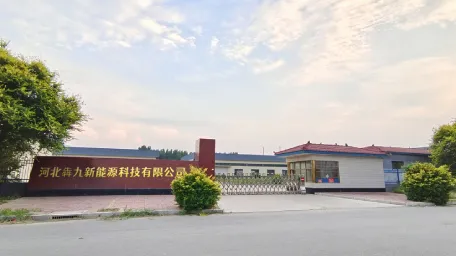Exploring the Cost and Benefits of Solar Panels for Agricultural Use in Modern Farming Practices
The Price of Solar Panels in Agriculture An Overview
As the demand for renewable energy sources grows, agriculture is increasingly turning to solar power as a sustainable and cost-effective solution. With the global push for greener practices and the need for energy efficiency, solar panels are emerging as an essential asset for farms across the globe. However, understanding the price dynamics of solar panels in the agricultural sector is crucial for farmers who seek to harness this technology effectively.
Understanding Solar Panel Costs
The price of solar panels has seen a significant decline over the past decade. In 2010, the average cost of solar photovoltaic (PV) systems was approximately $4.50 per watt. By 2023, this cost has decreased to around $0.80 to $1.20 per watt, making solar energy more accessible to farmers. Several factors contribute to this decline, including advancements in technology, increased manufacturing efficiency, and government incentives promoting renewable energy use.
Initial Investment vs. Long-Term Savings
The initial investment for installing solar panels on agricultural land can be substantial, ranging from $15,000 to $50,000 for a typical farm system. This initial cost deters some farmers, but the long-term savings are significant. By generating their own electricity, farms can reduce or eliminate their utility bills, leading to substantial savings over time. Additionally, many regions offer incentives such as tax credits, grants, and low-interest loans that can help offset the initial costs.
agriculture solar panel price

For example, the Federal Investment Tax Credit (ITC) in the United States allows farmers to deduct a significant percentage of the costs of solar installations from their federal taxes, making the upfront investment more manageable. Moreover, some states have their own programs aimed at supporting solar adoption among agricultural users, further reducing financial barriers.
Increased Efficiency and Productivity
The integration of solar panels into farming practices not only helps in reducing energy costs but also boosts overall productivity. Solar energy can power essential farm operations such as irrigation systems, HVAC for livestock, and cold storage facilities for produce. By providing a reliable and independent power source, farmers can optimize their operations without being dependent on fluctuating electricity prices or the shortcomings of local power grids.
Furthermore, solar installations can help mitigate the impact of climate change. With unpredictable weather patterns affecting agricultural productivity, solar energy offers a stable energy solution that can enhance resilience to such changes. Moreover, innovative solar technologies, such as agrivoltaics, enable the simultaneous use of land for agriculture while generating solar power, maximizing land use efficiency and further supporting farm productivity.
Conclusion
Investing in solar panels is becoming an increasingly viable option for farmers looking to improve their operational efficiency and sustainability. While the initial costs can be a barrier, the long-term financial benefits, alongside the positive environmental impact, present a compelling case for integration. As technology continues to advance and costs decrease, it is expected that solar energy will play an even more significant role in the future of agriculture. Farmers who embrace this renewable energy source not only contribute to a greener planet but also set the stage for more resilient agricultural practices in the face of evolving challenges.
-
Unlocking Energy Freedom with the Off Grid Solar InverterNewsJun.06,2025
-
Unlock More Solar Power with a High-Efficiency Bifacial Solar PanelNewsJun.06,2025
-
Power Your Future with High-Efficiency Monocrystalline Solar PanelsNewsJun.06,2025
-
Next-Gen Solar Power Starts with Micro Solar InvertersNewsJun.06,2025
-
Harnessing Peak Efficiency with the On Grid Solar InverterNewsJun.06,2025
-
Discover Unmatched Efficiency with the Latest String Solar InverterNewsJun.06,2025







